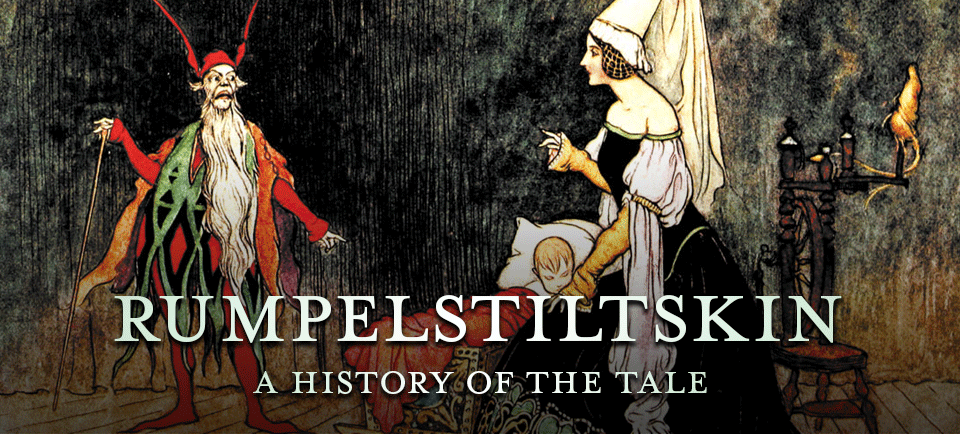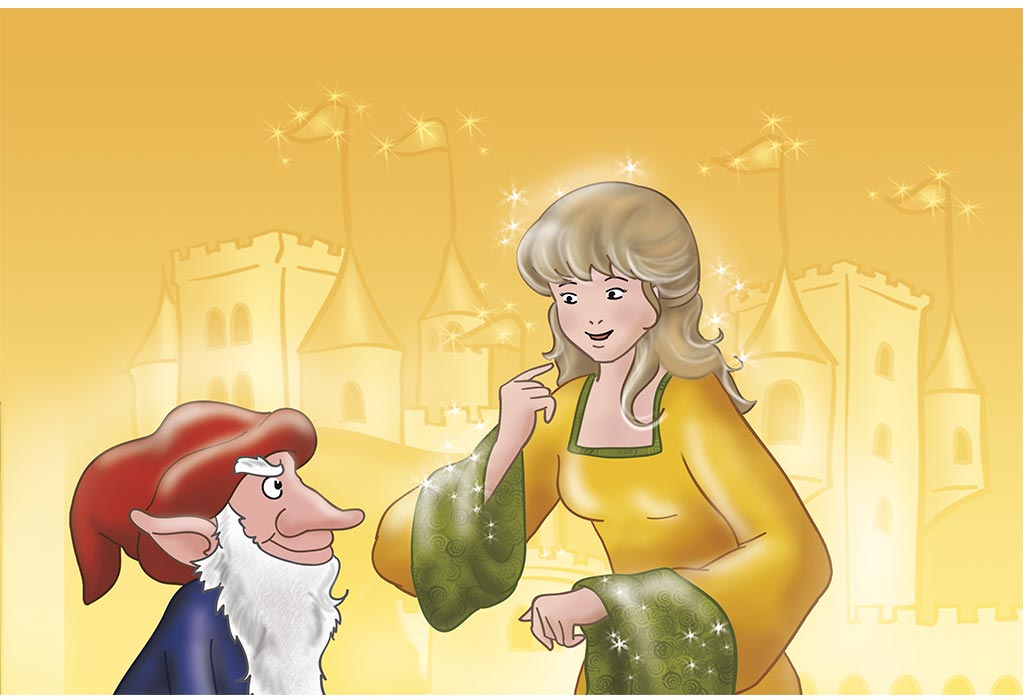Rumpelstiltskin’s Name: Rumpelstiltskin Meaning

Rumpelstiltskin meaning – The name “Rumpelstiltskin” is a compound German word with a rich history and multiple layers of meaning. It is composed of three parts: “rumpel,” “stilt,” and “skin.”
Rumpelstiltskin, a classic fairy tale, revolves around a mischievous imp who spins straw into gold. Interestingly, the term “bumper to bumper” also evokes a sense of abundance, albeit in a different context. Just as Rumpelstiltskin’s spinning creates an overflow of gold, bumper-to-bumper traffic bumper to bumper meaning depicts a situation where vehicles are tightly packed together, creating a seemingly endless stream of cars.
Yet, despite the contrasting themes of excess, both terms convey a sense of abundance and saturation.
Etymology and Symbolism
The word “rumpel” can refer to noise, commotion, or a disturbance. It is often associated with chaos, disorder, and the grotesque. “Stilts” are long, thin poles that are used for walking on water or other unstable surfaces. They symbolize instability, precariousness, and the ability to move between different worlds.
Rumpelstiltskin, a classic fairy tale, features a mischievous imp who spins straw into gold but demands a high price. Similar to the imp’s magical abilities, the buttermilk tale also revolves around a magical transformation, where a simple buttermilk is transformed into a beautiful maiden.
While the buttermilk tale may not involve a mischievous imp, it shares a common theme with Rumpelstiltskin: the transformative power of magic.
Finally, “skin” is a protective layer that covers the body. It can represent both vulnerability and strength. In the context of the Rumpelstiltskin fairy tale, the name suggests a character who is both chaotic and unstable, but also possesses a hidden power.
Rumpelstiltskin, the impish spinner, embodies the underdog’s triumph against adversity. His tale echoes the classic underdog story , where the unassuming hero overcomes insurmountable odds. Like Rumpelstiltskin, who spun straw into gold with his hidden power, underdogs rise from obscurity to prove their worth, challenging the established order and inspiring hope in the face of seemingly insurmountable challenges.
Cultural Interpretations
The name “Rumpelstiltskin” has been used in various cultural contexts and interpretations. In some versions of the fairy tale, the character is depicted as a malevolent imp or goblin. In others, he is seen as a more sympathetic figure who is ultimately tricked by the miller’s daughter.
The name has also been used in literature and popular culture. For example, in J.R.R. Tolkien’s The Hobbit, the character of Gollum is given the nickname “Rumpelstiltskin” by Bilbo Baggins.
Rumpelstiltskin’s Character and Role

Rumpelstiltskin, a diminutive and enigmatic figure, emerges from the depths of folklore as a character of immense complexity and intrigue. His malevolent presence casts a dark shadow over the fairy tale, embodying the sinister forces that can lurk within the human psyche.
Character Traits
- Greed and Avarice: Rumpelstiltskin’s insatiable desire for wealth drives his actions. He preys upon the desperation of others, exploiting their vulnerabilities for his own gain.
- Cunning and Deception: A master manipulator, Rumpelstiltskin employs trickery and deception to achieve his ends. He delights in outwitting his adversaries, reveling in their downfall.
- Vindictiveness and Cruelty: Rumpelstiltskin’s vengeful nature knows no bounds. He relishes in inflicting pain upon those who cross him, reveling in their suffering.
Role as an Antagonist
As the primary antagonist in the fairy tale, Rumpelstiltskin serves as a formidable obstacle for the protagonist. His malevolent presence threatens to derail the hero’s journey, testing their resilience and moral compass.
Rumpelstiltskin’s cunning and ruthlessness make him a formidable adversary. He exploits the protagonist’s weaknesses, tempting them with false promises and ensnaring them in his web of deceit.
Psychological and Archetypal Dimensions
Beyond his role as an antagonist, Rumpelstiltskin embodies a profound psychological and archetypal significance.
Greed and the Shadow: Rumpelstiltskin represents the dark side of human nature, the unbridled desires and avarice that can corrupt the soul. He embodies the Jungian concept of the Shadow, the repressed and denied aspects of the self that can manifest in destructive ways.
Power and Identity: Rumpelstiltskin’s relentless pursuit of power reflects the human need for recognition and significance. His insatiable desire for control over others reveals the fragility of his own sense of identity.
Rumpelstiltskin’s Significance in Folklore

The fairy tale of Rumpelstiltskin holds a profound significance in folklore, transcending generations and cultures. Its origins can be traced back to ancient times, with similar tales found in various regions worldwide.
Over centuries, the tale has undergone numerous adaptations and variations, each reflecting the cultural values and beliefs of its time. In its earliest iterations, Rumpelstiltskin embodied a mischievous spirit or demon, often associated with the underworld or hidden realms. As the tale evolved, the character’s portrayal shifted, becoming more human-like yet retaining an enigmatic and otherworldly presence.
Historical and Cultural Origins, Rumpelstiltskin meaning
The origins of the Rumpelstiltskin fairy tale can be traced back to ancient Indo-European folklore. Similar tales have been found in cultures across Europe, Asia, and the Americas, suggesting a common root in shared human experiences and beliefs.
In many early versions of the tale, the protagonist is not a princess but a commoner, often a miller’s daughter or a poor young woman. This reflects the widespread belief in the existence of supernatural beings who could influence the lives of ordinary people, both for good and for ill.
Evolution and Variations
Over time, the Rumpelstiltskin fairy tale has undergone numerous adaptations and variations. In some versions, the protagonist is a clever and resourceful young woman who outwits the impish Rumpelstiltskin. In others, the protagonist is a foolish or greedy person who falls prey to Rumpelstiltskin’s tricks.
These variations reflect the changing social and cultural values of the times in which they were told. For example, in the 19th century, the tale was often used to teach children the importance of hard work and perseverance. In the 20th century, it was sometimes used to explore the dangers of greed and the importance of humility.
Significance in Understanding Cultural Values, Beliefs, and Social Norms
The Rumpelstiltskin fairy tale provides a valuable lens through which to understand cultural values, beliefs, and social norms. It reflects the widespread belief in the existence of supernatural beings, the importance of hard work and perseverance, and the dangers of greed and pride.
The tale also sheds light on the changing roles of women in society. In early versions of the tale, the protagonist is often a passive figure who is rescued by a male hero. In later versions, the protagonist is more active and resourceful, reflecting the growing independence of women in the 19th and 20th centuries.
In the tale of Rumpelstiltskin, the enigmatic figure derives his power from a secret name. Like the whirling dervishes of a tilt a whirl , his true identity remains concealed, a mystery that spins and weaves, ultimately unraveling the tale’s threads.
Rumpelstiltskin’s tale, where a small being holds a powerful secret, mirrors the biblical story of David and Goliath. Both tales highlight the triumph of the weak over the strong, reminding us that even the smallest of individuals can overcome adversity through wit and determination.
The power of Rumpelstiltskin’s name, like the secret of Goliath’s strength, becomes the key to their downfall.